
Northern Pika
Northern Pika
Northern Pika
The Northern Pika, with its beady eyes, is an adorable wild creature often considered a lucky find during mountain hikes. Despite its rabbit-like appearance, it has many characteristics that are unlike those of rabbits. This section introduces the small-bodied Northern Pika, which lives in extremely cold regions.
Northern Pika Basic Infomation
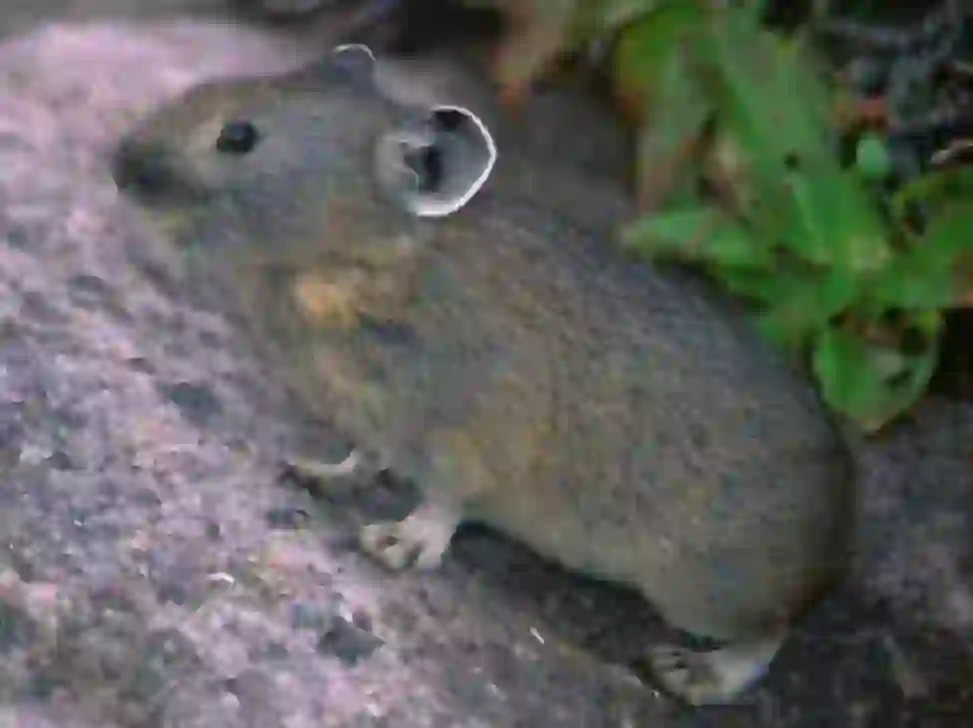
Classification: Order Lagomorpha, Family Ochotonidae, small mammals
Native to the northern Eurasian continent (Siberia, Sakhalin, Korean Peninsula, Mongolia region), the Northern Pika is a subspecies of the Pika found in Hokkaido.
Habitat: Kitami Mountains, Daisetsuzan, Yubari Mountains, Hidaka Mountains, etc. in Hokkaido
Size: Weighs 60-150g, body length 10-20 cm, tail length 1 cm, ear length 2 cm
Coat color: Summer fur is reddish-brown, winter fur is gray-brown (a dark brown with a slight mix of gray) to dark brown. The coat changes twice a year.
It is said that the Northern Pika migrated from Siberia to Hokkaido more than 10,000 years ago during the Ice Age. After the Ice Age, as sea levels rose, Hokkaido was cut off from the continent.
Unable to return to the continent, the Northern Pika survived in the cold mountains of Hokkaido. Today, they still inhabit areas with altitudes between 1,500 and 1,900 meters.
They prefer not to live in very cold, rainy, or windy areas and spend their days and nights inside their nests. They are most active in the early morning and evening.
Northern Pika Q&A

What is the origin of the Northern Pika's name?
The name 'Northern Pika' includes 'Ezo,' which refers to Hokkaido. The name 'Pika' comes from their characteristic vocalizations, as they often vocalize to communicate with each other. During the breeding season, their calls become louder.

Why does the Northern Pika live there?
The Northern Pika lives in areas with rocky terrain or gaps between rocks, forests of Ezo spruce and Erman's birch, making nests to dwell in. They prefer cooler climates and cannot survive in temperatures above 15°C, which is why they choose these specific habitats. They also avoid high humidity, favoring cooler and drier places even during summer.
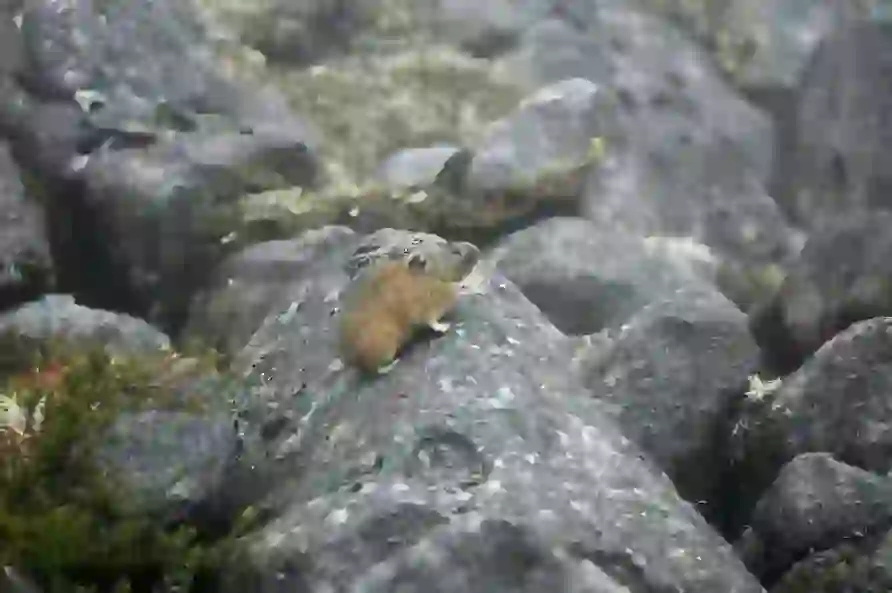
What are the natural predators of the Northern Pika?
Natural predators of the Northern Pika include the Ezo weasel, Ezo red fox, and Northern fox.

What does the Northern Pika eat?
The Northern Pika is an herbivore, feeding on leaves, stems, flowers of alpine plants, ferns, mosses, and fungi. Like other rabbits, Northern Pikas reingest their feces to absorb nutrients more efficiently from their food. During autumn, they gather leaves and stems to store as food for the winter months.

What does the Northern Pika look like?
The Northern Pika, despite being named after rabbits, resembles a mouse more than a rabbit in appearance. It has small, rounded ears and a barely visible tail covered by fur. Its round, black eyes and the upward curl of its mouth give it a charming look.

What does the Northern Pika sound like?
The vocalizations of Northern Pika vary between males and females. Males make high-pitched 'kii!' or 'kichi!' sounds, often repeating these calls 4–16 times consecutively during the breeding season. Females make longer 'pyu' or 'pii-' sounds, and their calls are perceived as cuter and softer compared to males. Both genders use these sounds to communicate, especially to indicate their presence during the breeding season from March to October.

Is the Northern Pika a species at risk?
Since 2012, the Northern Pika has been classified as a 'Near Threatened' species. The main reasons for this classification include limited suitable habitats, numerous predators, and a short breeding period, which has led to a decline in their population. This status is based on the Japanese Ministry of the Environment's Red List, although it is listed as 'Least Concern' on the IUCN Red List.
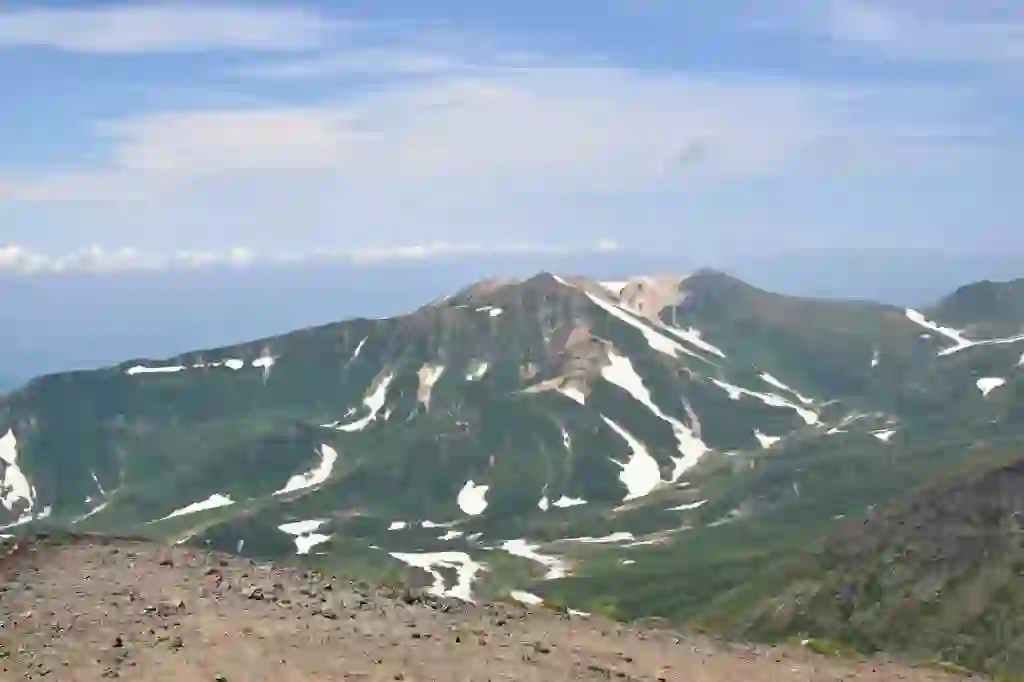
Where can you see the Northern Pika?
Northern Pikas are found in the central part of Hokkaido, predominantly in the Daisetsuzan Volcanic Group, Hidaka Mountains, Yubari Mountains, and Kitami Mountains. They do not inhabit southern Hokkaido, and high altitudes are necessary to encounter them. In Hokkaido, listening for their distinctive high-pitched sounds during hikes might help you locate them, though they are notoriously elusive due to their cautious nature.

What is the Northern Pika's mascot character?
The Northern Pika is represented by a mascot character named 'Kyunchan,' who is beloved in Hokkaido. Kyunchan is a soft character with round ears and eyes, short limbs, designed to embody the charm and adorable nature of the Northern Pika. The concept behind Kyunchan is to bring joy and touch the hearts of those who encounter it, similar to the enchanting effect of the Northern Pika itself.

Would you like to become a part of the 'Animalbook.jp'?
Turn your knowledge into Q&A and share it with the world. ※Publication will be activated after purchase. Let's share information together!
Northern Pika Type of List

- Northern Pika
Information
Congratulations! You are the first commenter!

Create Your Favorite List!
Northern Pika
Save the animals you love! Build your own list to quickly revisit your favorites later.

Would you like to leave a comment?
※Please note: This is for the purchase of rights to post comments within the article.
Find Your Favorites!
Our shop offers a unique and attractive selection of goods themed around various animals.
Northern Pika References

- GoodDay北海道 https://www.visit-hokkaido.jp/info/detail/125
- ウィキペディア https://ja.wikipedia.org/wiki/エゾナキウサギ
- 登山初心者.com https://tozan-syoshinsya.com/エゾナキウサギを見るならココ!「北海道」然別/#i-5
- MAGAZINE SANYO CHEMICAL https://www.sanyo-chemical.co.jp/magazine/archives/474
- 北海道ファンマガジン https://hokkaidofan.com/nakiusagi/
- キュンちゃんの部屋 https://visit-hokkaido.jp/kyuns-room/
Northern Pika Introduction of media used
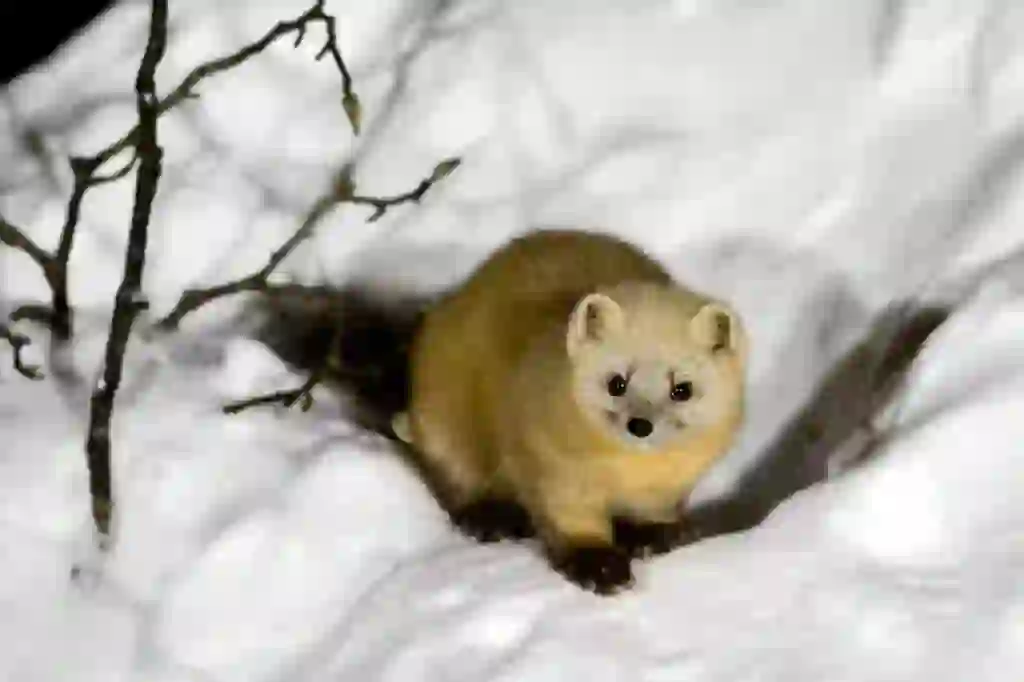
enemy
出典:https://commons.wikimedia.org/wiki/File:Wiki-ezokuroten1.jpg
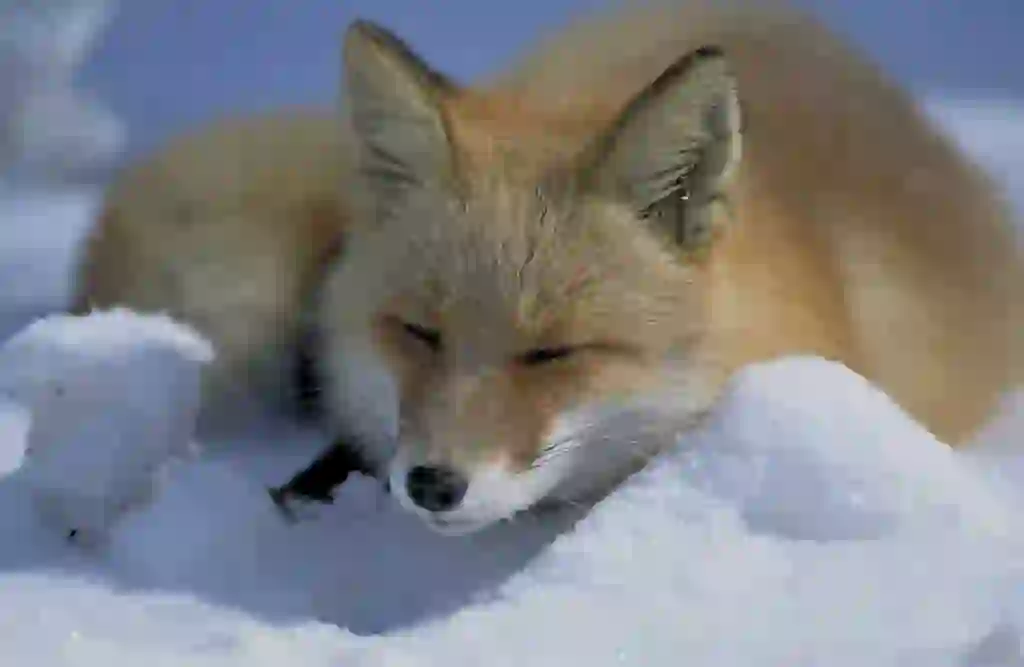
enemy
出典:https://commons.wikimedia.org/wiki/File:Vulpes_vulpes_laying_in_snow.jpg
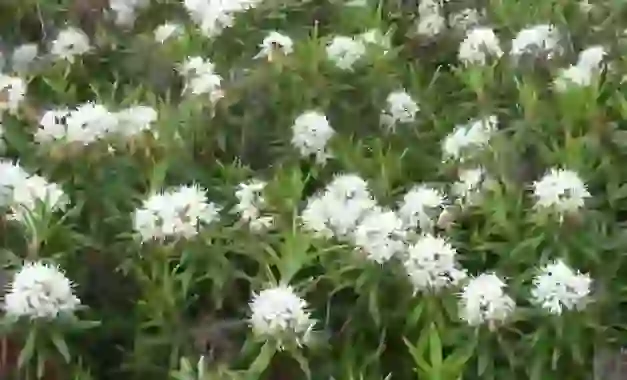
food
出典:https://commons.wikimedia.org/wiki/File:Ledum_palustre01e.jpg

habitat
出典:https://commons.wikimedia.org/wiki/File:Daisetsuzan_National_Park_(44720157870).jpg

Help Enrich Our Animalbook.jp with Your Media!
We are constantly looking to expand and enrich our Animalbook.jp with amazing photos and videos of animals. If you have any media that you'd like to share, please contribute and help us showcase the beauty and diversity of the animal kingdom. Your submissions will be credited and featured in our encyclopedia, reaching a wide audience of animal lovers.


















